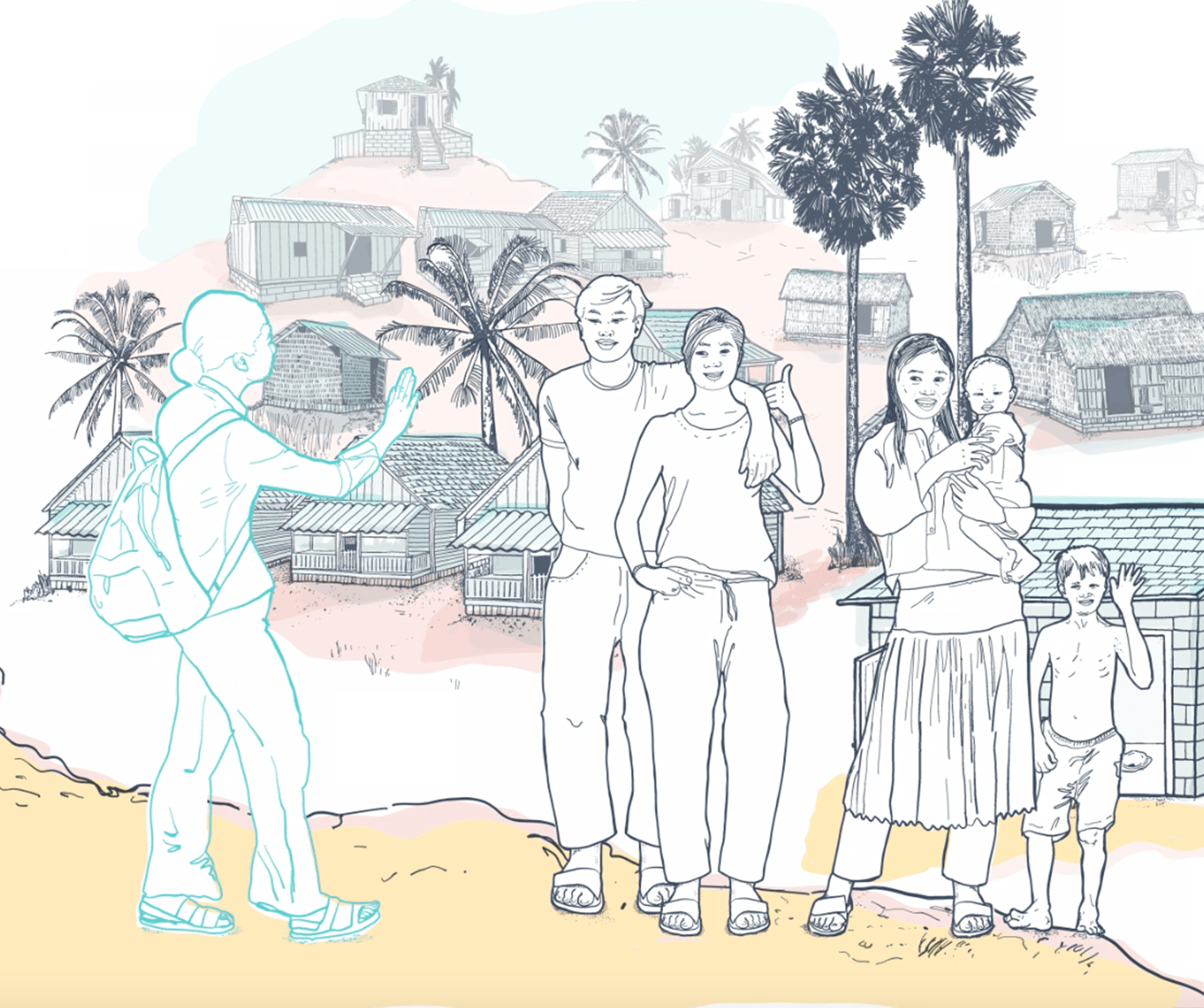Discussions on gender and sanitation and hygiene typically ignore non-normative gender identities. To address this, we reviewed the existing literature on the interrelation of LGBTI and sanitation.
The evidence is scanty, and mostly focused on developed countries, although there is a growing body of evidence looking at South and South-East Asia. Most of the publications focus on the challenges transgender people face when accessing public toilets or other communal facilities, which include verbal abuse, physical and sexual assault, denial of access, arrest and expulsion.
Almost nothing was found on LGBI people (not including transgender). Solutions range from ‘gender-neutral’ public toilets, to ‘third gender’ ones, as well as ensuring transgender people can access toilets matching their gender identity. But there is no clear consensus. Overwhelmingly, the review reinforced how little is known about the challenges LGBTI face in relation to sanitation, a gap academics and practitioners alike could help address.






